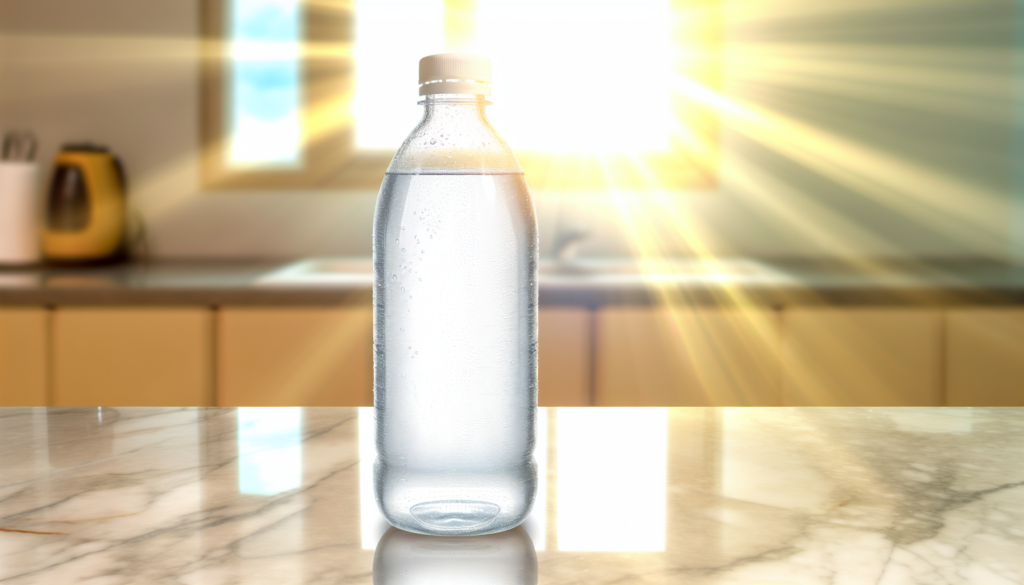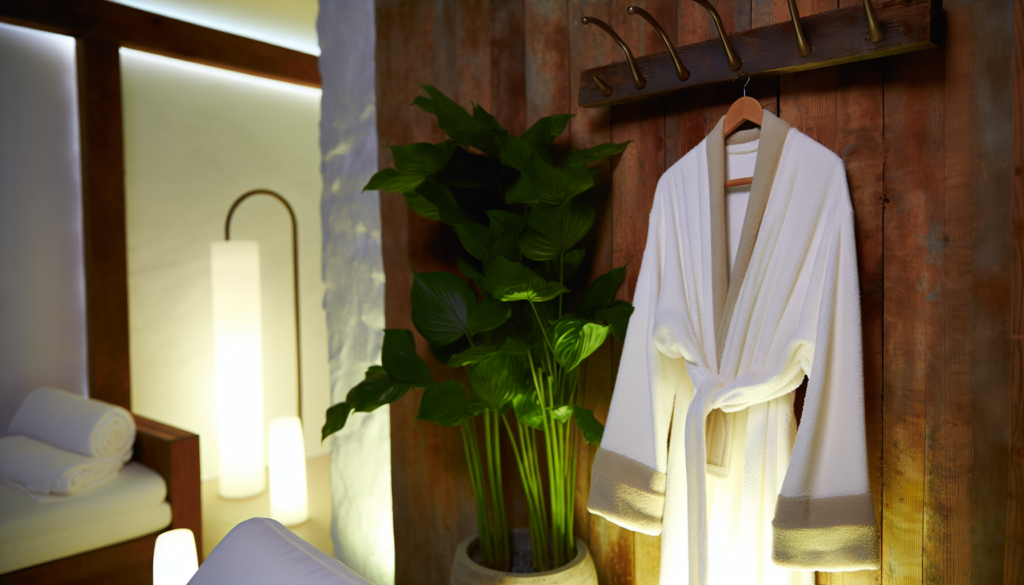Dealing with oily skin can feel like a never-ending battle against shine, enlarged pores, and those pesky breakouts that always seem to appear at the worst possible moments. If you’ve tried countless products only to be disappointed, you’re not alone. The good news? You don’t need an elaborate 12-step routine or expensive treatments to manage oily skin. Sometimes, the simplest approaches are the most effective. Let’s explore seven game-changing skincare tips that can transform your relationship with your oily complexion—without draining your wallet or consuming hours of your day.
Understanding Oily Skin: Why Is Your Face So Shiny?
Before diving into solutions, let’s understand what we’re dealing with. Oily skin happens when your sebaceous glands work overtime, producing excess sebum (the skin’s natural oil). While some oil is necessary for healthy skin, too much leads to that familiar shiny appearance, clogged pores, and acne flare-ups.
Several factors influence oil production:
The good news? With the right approach, you can balance your skin without stripping it completely—because contrary to popular belief, completely oil-free skin isn’t the goal here.
1. Gentle Cleansing: Your Foundation for Success
The cornerstone of any effective oily skin routine is proper cleansing. But here’s where many go wrong—harsh, stripping cleansers actually trigger your skin to produce MORE oil as a defense mechanism.
Instead, opt for gentle, foaming cleansers with ingredients like salicylic acid or glycolic acid that remove excess oil without disrupting your skin’s natural barrier. These ingredients help dissolve oil and clear pores while maintaining your skin’s delicate balance.
Wash twice daily—morning and night—but resist the urge to cleanse more often unless you’ve been heavily sweating. Room-temperature water works best, as hot water stimulates oil production, while cold water doesn’t effectively remove oils.
2. Exfoliation: The Game-Changer for Clogged Pores
Oily skin tends to build up dead skin cells faster, which mix with excess sebum and create the perfect environment for breakouts. Regular exfoliation is your secret weapon against this cycle.
Chemical vs. Physical Exfoliation
For oily skin types, chemical exfoliants often outperform physical scrubs. Look for products containing:
Start with exfoliating 2-3 times weekly, reducing frequency if you notice any irritation. Remember, over-exfoliation can damage your skin barrier, leading to—you guessed it—even more oil production.
3. Lightweight, Non-Comedogenic Moisturizers Are Non-Negotiable
One of the biggest myths about oily skin? That you can skip moisturizer. This couldn’t be further from the truth! When you don’t moisturize, your skin compensates by producing more oil.
Look for gel-based or water-based moisturizers labeled “non-comedogenic” (won’t clog pores) or “oil-free.” Ingredients to seek out include:
Apply moisturizer while your skin is still slightly damp from cleansing for better absorption and hydration.
4. Targeted Treatments: Spot Solutions for Problem Areas
Everyone’s oily skin pattern is unique—maybe your T-zone shines like a lighthouse while your cheeks remain relatively normal. This is where targeted treatments come in handy.
Multi-Masking Technique
Try applying different masks to different facial areas based on their needs. Clay or charcoal masks work wonders for oily zones, drawing out impurities and absorbing excess oil. Use these 1-2 times weekly on your oiliest areas.
For spot treatments on active breakouts, ingredients like benzoyl peroxide, tea tree oil, or sulfur can help reduce inflammation and kill bacteria without affecting your entire face.
5. Sun Protection That Won’t Make You Greasy
Sunscreen is essential for all skin types, but finding one that doesn’t turn your face into an oil slick by noon can be challenging. The good news is today’s formulations have come a long way.
Look for oil-free, mattifying sunscreens with SPF 30 or higher. Many contain silica or other oil-absorbing ingredients that help control shine throughout the day. Gel or liquid formulations typically feel lighter than creams or lotions.
Remember to reapply every two hours when outdoors, using blotting papers first to remove excess oil before reapplication.
6. Diet and Lifestyle Factors: The Inside-Out Approach
Your skin reflects your internal health, so addressing oily skin means looking at your lifestyle too.
Hydration and Nutrition
Drinking adequate water helps maintain your skin’s moisture balance. Additionally, some studies suggest that foods with a high glycemic index (like white bread, sugary treats, and processed foods) may trigger increased oil production and acne in susceptible individuals.
Consider increasing your intake of:
Stress management also plays a crucial role, as high stress levels can trigger hormonal fluctuations that increase sebum production. Regular exercise, adequate sleep, and relaxation techniques can all help manage stress-related oiliness.
7. Strategic Makeup Choices for Lasting Wear
Makeup and oily skin can be challenging partners, but with the right products and application techniques, you can achieve long-lasting wear without exacerbating oiliness.
Start with a mattifying primer containing silica or silicones to create a smooth base. Opt for oil-free, matte foundations or powder foundations specifically formulated for oily skin. Setting powders with rice starch or silica help absorb oil throughout the day.
Keep blotting papers in your purse for touch-ups rather than adding more powder, which can create a cakey appearance when layered over oil. At day’s end, double cleansing (first with an oil cleanser, then with your regular cleanser) ensures all makeup is thoroughly removed.
Conclusion: Consistency is Key
Managing oily skin isn’t about finding one miracle product or instant solution—it’s about developing a consistent routine that works with your skin’s natural tendencies rather than fighting against them. With these seven strategies, you can transform your relationship with your skin, reducing excess oil while maintaining health and radiance.
Remember that seasonal changes and hormonal fluctuations may require adjustments to your routine. What works perfectly in winter might need tweaking in humid summer months. Listen to your skin, be patient with the process, and celebrate small improvements along the way. With time and consistency, your formerly over-productive oil glands can find a healthier balance, giving you the complexion you’ve always wanted when managing oily skin.







